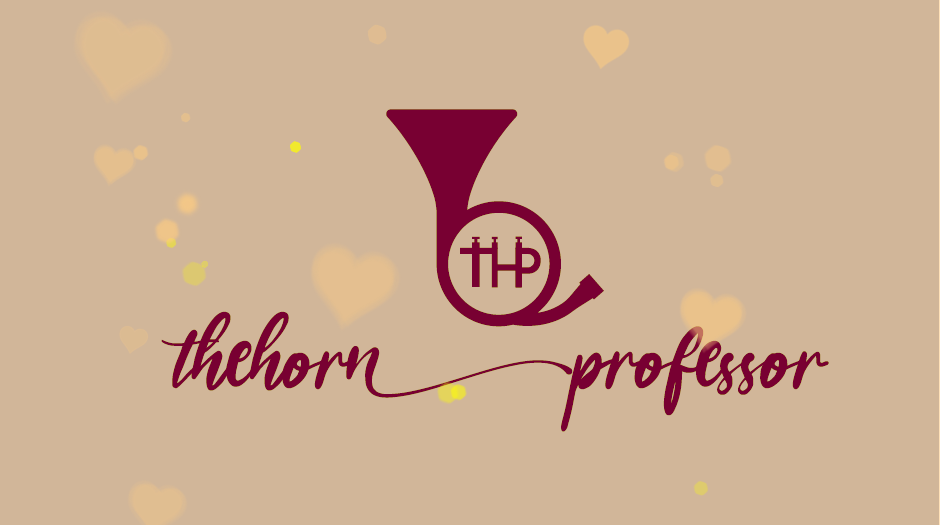The Fundamentals of Fundamentals
Think of yourself as an athlete. If you were getting ready for a track event, a basketball game, even table tennis, it would be unwise to skip stretching and getting limber. A muscle could get pulled, a tendon damaged, or some other serious injury. Every major sport I can think of has stretching, limber and mobility prep, fast footwork and other drills to enhance the game itself.
Horn playing should be no different - it is a physical endeavor that elevates an artform (like ballet).
Below are all of the pieces that work together, in a sequential order, to prepare me for my event, whether it’s rehearsal, a practice session, or the concert. If you need help organizing how to create your own fundamental session, read on. I give the fundamental, what it addresses, and a few ideas on what you can try:
1. air (open chest, create mindfulness of the body and create a relaxed state - recommended reading “Breath: the new science of a lost art” by James Nestor)
*simply breath in deeply through the nose, feel the lungs expand and ribs spread in chest, sides and back; breath out (exhale through mouth or nose) fully before inhaling again through the nose.
2. buzz (embouchure/air/buzz)
*free buzz easy ‘roller coasters’ up and down in comfy range, easy triads, 5 note scales, etc
3. mouthpiece buzz (embouchure)
*similar to free buzzing above, but can be more adventurous in range, slurred
4. first notes (tone, air, buzz, lip stretch)
*have a high expectation for sound concept and tone in an easy ‘first’ exercise
5. exploring range (tone, air, tongue)
*expand outward from initial ‘comfort zone’ using the tongue to shape vowels that assist air speed to change the buzz and oral cavity
6. long tones (range, tone, air, pitch)
*a necessary evil - they are not the most exciting part of the day, but arguably one of the most crucial for endurance, intonation, tone development, and foundation of sound and embouchure
7. slurs (range, air, tone, tongue)
*start in a comfortable register committing to solid technique, not manipulation of anything to achieve a preconceived range; the tongue should only be used for vowel shapes and assisting the air speed
8. articulations (range, technique)
*scales are my ‘go-to’ exercise coordinating accuracy, fingers and the right notes, plus consistent sound throughout a wide range
9. scales and arpeggios (range, tongue, articulation, slur, tone, pitch)
*see above! also slurring scales is extremely beneficial to smoothness of embouchure and working through ‘breaks’, bumps, and weak spots
10. extended techniques and/or warm down (tone, air, flexibility, stretching back out)
*plug in anything that needs a bit of daily attention such as stopped horn which can be included in scales and arpeggios, lip trills which can also be tagged on to the end of scales and arpeggios or simply in a lip slur exercise, multiple tonguing which can be combined in scale patterns, etc. The warm down can be any favorite etude down an octave, descending scales in the lowest octave, a couple of low horn excerpts, etc.
Final thoughts: a good comprehensive session can be anywhere between 45 minutes to an hour. There are no rules, you get to create what feels good for you. A well-crafted session can be abbreviated or expanded to suit the needs of the day/week/hour. Consult players you admire, teachers of varying brass instruments, and all the resources you can find, and know that as you grow, your session/ideas/needs may change so try not to get fixated and limit yourself to anything. The fundamental session may not be glamorous or exciting, but can literally be a game changer in our playing ability.

Have questions?
Contact me.



